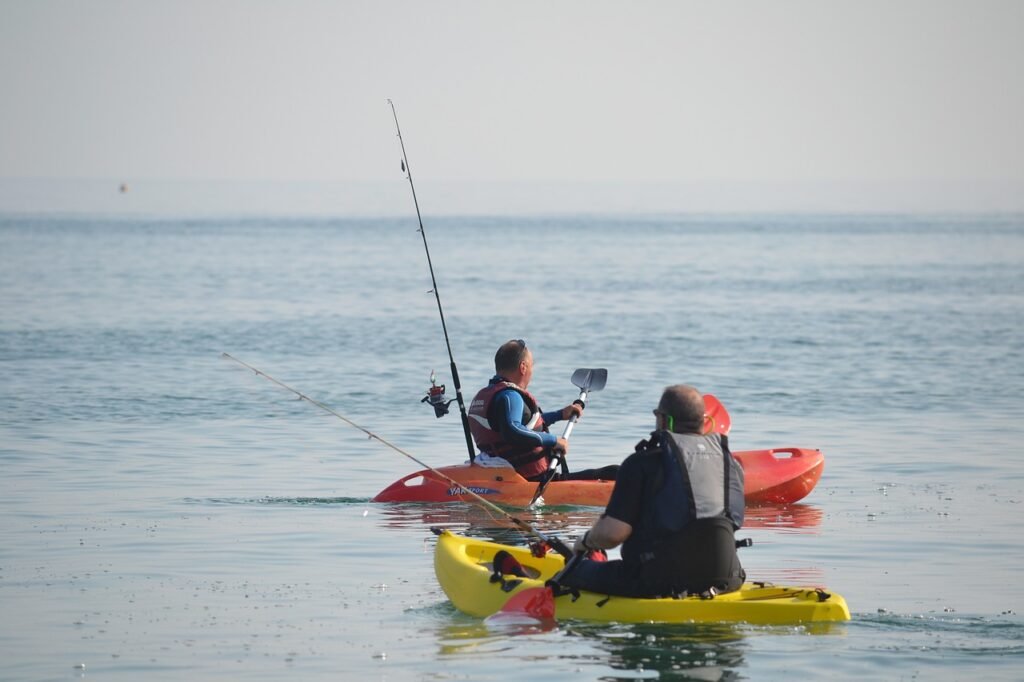Kayak fishing is a thrilling and rewarding outdoor activity that allows anglers to get closer to nature and experience the serenity of the water. However, it is crucial to prioritize safety while embarking on this adventure. This article will provide you with essential tips and guidelines to ensure a secure and enjoyable fishing kayak experience.
The Importance of Safety in Kayak Fishing
Safety should always be the top priority when engaging in any water-based activity, including kayak fishing. While the statistics on kayak fishing accidents may vary, it is essential to understand the potential risks involved. Accidents can occur due to various factors such as adverse weather conditions, lack of proper safety gear, or insufficient knowledge of on-water safety practices.
Understanding the Risks
According to research, the majority of kayak fishing accidents are caused by capsizing, collisions, or falling overboard. These incidents can result in injuries, hypothermia, or even drowning. By being aware of the risks and taking appropriate safety measures, you can significantly reduce the chances of accidents and ensure a safe fishing experience.
Essential Safety Gear
Before heading out on your kayak fishing trip, it is crucial to equip yourself with the necessary safety gear. This includes a personal flotation device (PFD) or life jacket, a whistle or air horn to signal for help, a waterproof and fully charged mobile phone, a first aid kit, and a bilge pump or sponge to remove water from the kayak if needed. Additionally, consider wearing protective clothing, such as a wetsuit or drysuit, to stay warm in case of unexpected immersion.
Check Weather and Water Conditions
Prior to launching your kayak, always check the weather forecast and water conditions. Unpredictable weather patterns can quickly turn a calm day into a hazardous one. Pay attention to wind speed, wave height, and any potential storms or weather warnings. Avoid kayaking in strong winds, thunderstorms, or rough waters, as these conditions can increase the risk of accidents.
Kayak Stability and Balance
Ensuring proper stability and balance in your kayak is vital for your safety. Familiarize yourself with the kayak’s weight capacity and distribute your gear and equipment evenly to maintain stability. Sit properly in the kayak, keeping your weight centered and your feet positioned comfortably on the footrests. Practice proper paddling techniques to maintain balance and prevent tipping.
On-Water Safety Practices
While on the water, it is essential to follow certain safety practices to minimize the risk of accidents. Always maintain a safe distance from other watercraft, such as motorboats or other kayaks, to avoid collisions. Be aware of your surroundings and keep an eye on changing conditions, such as currents or tides. Avoid overloading your kayak with excessive gear, as this can affect stability and maneuverability.
Rescue and Emergency Protocols
Even with all the necessary precautions, emergencies can still occur. It is crucial to be prepared and familiarize yourself with rescue and emergency protocols. Learn basic self-rescue techniques, such as re-entering the kayak after capsizing, as well as how to assist others in need. If an emergency arises, stay calm, assess the situation, and take appropriate action. Always inform someone about your fishing plans, including your expected return time and location.
By prioritizing safety and following these essential tips, you can ensure a secure and enjoyable fishing kayak experience. Remember to equip yourself with the necessary safety gear, check weather and water conditions, maintain kayak stability and balance, practice on-water safety, and be prepared for emergencies. With these precautions in place, you can fully immerse yourself in the joy of kayak fishing while keeping yourself and others safe.

